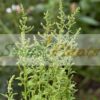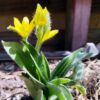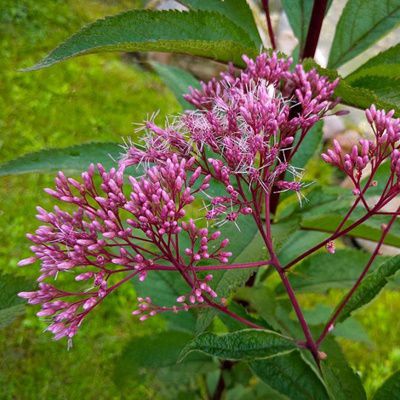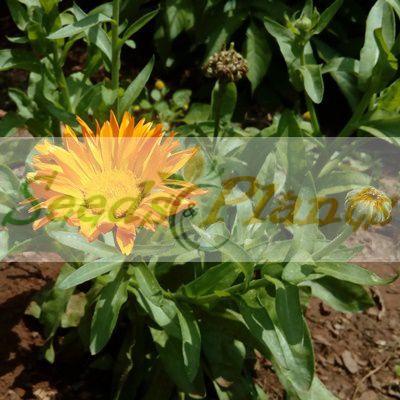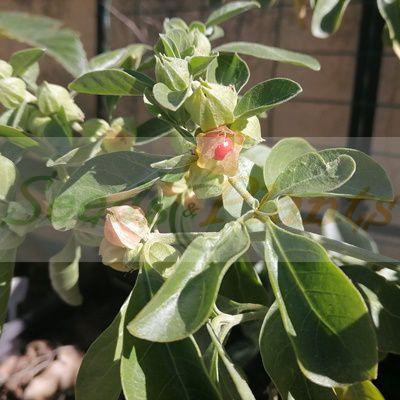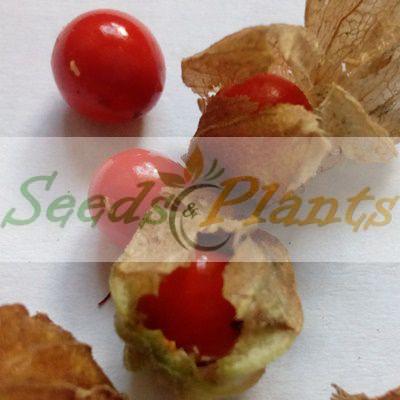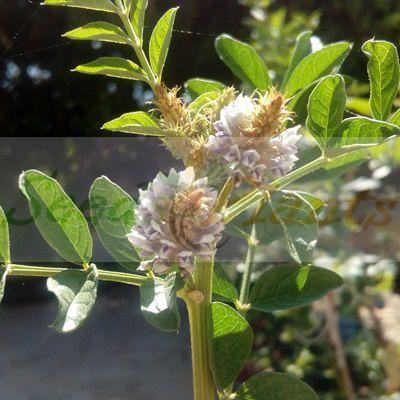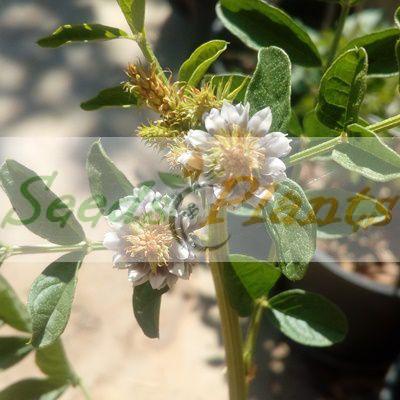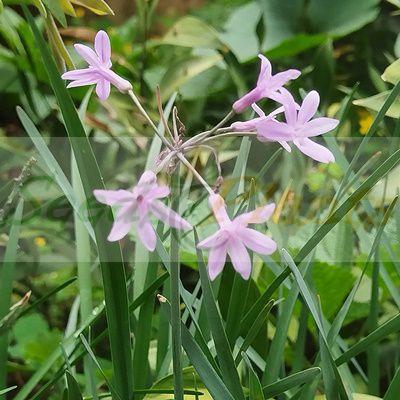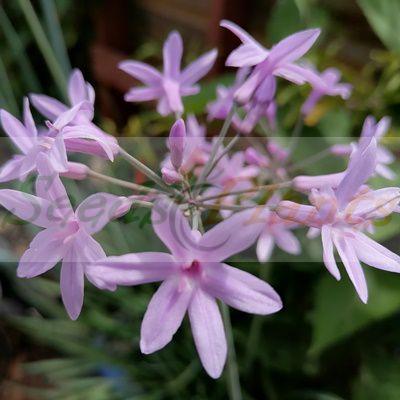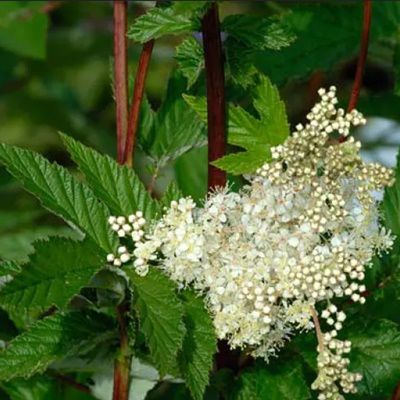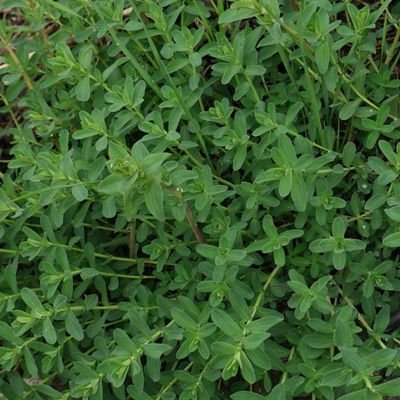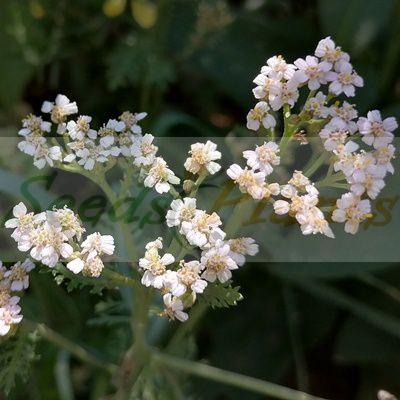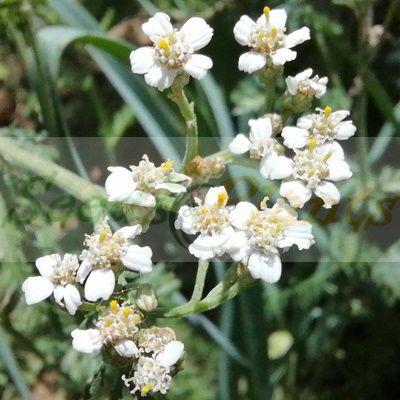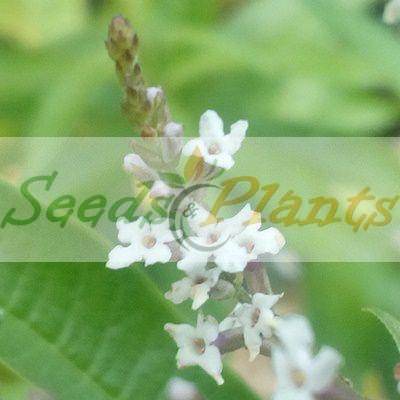- 🌿 Herbal Quick Facts
- 🌱 Life Cycle: Perennial
- View All Quick Facts ↓
Gravel Root – 10 Seeds
(Eupatorium purpureum)
R30.00
Gravel Root is a North American plant in the daisy family. The bulb, root, and parts that grow above the ground are used to make medicine.
Common Names: Herbe de Joe Pye, Joe Pye, Joe-Pye Weed, Kidney Root, Purple Boneset, Queen of the Meadow, Raíz de Eupatorio, Roter Wasserhanf and Trumpet Weed.
Indoor Sowing: Cold Stratification and then transplant in Spring.
Direct Sowing: Late Autumn.
In stock
🌿 Herbal Quick Facts
- 🌱 Life Cycle: Perennial
Gravel root is a medicinal herb. It is a North American plant in the daisy family. The bulb, root, and parts that grow above the ground are used to make medicine. The plant is known by many names including: Eupatoire Pourpre, Eupatoriadelphus purpureus, Eupatorium purpureum, Herbe de Joe Pye, Joe Pye, Joe-Pye Weed, Kidney Root, Purple Boneset, Queen of the Meadow, Raíz de Eupatorio, Roter Wasserhanf, Trumpet Weed.
Gravel Root is a large, herbaceous perennial plant that grows about 1.5 – 2.4 meters tall and about 1.2 meters wide. The plant is found growing in open woodlands, savannas, woodland borders, thickets, partially shaded seeps, partially shaded riverbanks, low moist ground, wooded slopes, wet meadows and thickets and stream margins and prefers ordinary garden soil that is well-drained but moisture retentive.
The plant has shallow and fibrous root system and upright, thick, round, and purple stem, with whorls of leaves at each node. The central stem is light green and glabrous, except where the whorls of leaves of occur, where it is slightly swollen and purple. Tiny, vanilla-scented, dull pinkish-purple flowers that bloom in mid-summer to early autumn and attracts butterflies to the garden.
Gravel Root Medicinal Benefits
- It was traditionally considered an important herb for softening, dissolving, and promoting the passage of kidney stones.
- It has been cited by some cultures as able to dissolve existing gallstones and discouraging new stones from forming.
- It was sometimes used against edema due to natural diuretic properties.
- Traditional and conventional uses of gravel root cite its use for urinary tract ailments and bladder infections.
- It was used by some tribes to alleviate uncomfortable joint conditions such as gout and arthritis.
CAUTION: Pregnant and breast feeding women should not use gravel root. Not to be used by people with liver disease. Not to be used on broken skin.
Growing Gravel Root
Indoor Sowing: Cold Stratification and then transplant seedlings in Spring.
Direct Sowing: Late Autumn.
- The plant prefers light (sandy), medium (loamy) and heavy (clay) soils and requires moist, but well-drained soil.
- It can grow in semi-shade or full sun.
- For indoor sowing, the seeds need to be first cold stratified for 60 days.
- After the stratification period is over, fill a tray with potting soil or seed starter mix.
- Moisten the soil and tamp it down firmly.
- Scatter the seeds on the surface of the soil and barely cover with soil, as the seeds need light to germinate.
- Keep the soil consistently moist, and transplant seedlings in Spring.
- Germination can take 2-3 months or longer, at temperatures between 18 to 24°C.
- Direct sow in Late Autumn. Lightly press the seeds into the surface of the soil and just barely cover the seed, as the seeds need light to germinate. Germination will take place in Spring.
Disclaimer
Medicinal Information:
All medicinal information on this website is for educational and informational purposes only and may not be construed as medical advice. The information is not intended to replace medical advice or treatment offered by healthcare professionals.
Seeds, Plants, Plant Cuttings, Geophytes and Dried Herbs:
In some countries and provinces, certain plants are deemed as invasive and are not allowed to be planted at all, whilst some plants are allowed to be grown only in certain areas or provinces. The onus is on you as the buyer to familiarize yourself with the regulations pertaining to your location, before purchasing any of our seeds, plants, plant cuttings, geophytes or dried herbs. We will not be held liable, should you purchase any seeds, plants, plant cuttings, geophytes or dried herbs. from us which are prohibited in your country or province.
| Life Cycle | Perennial |
|---|

